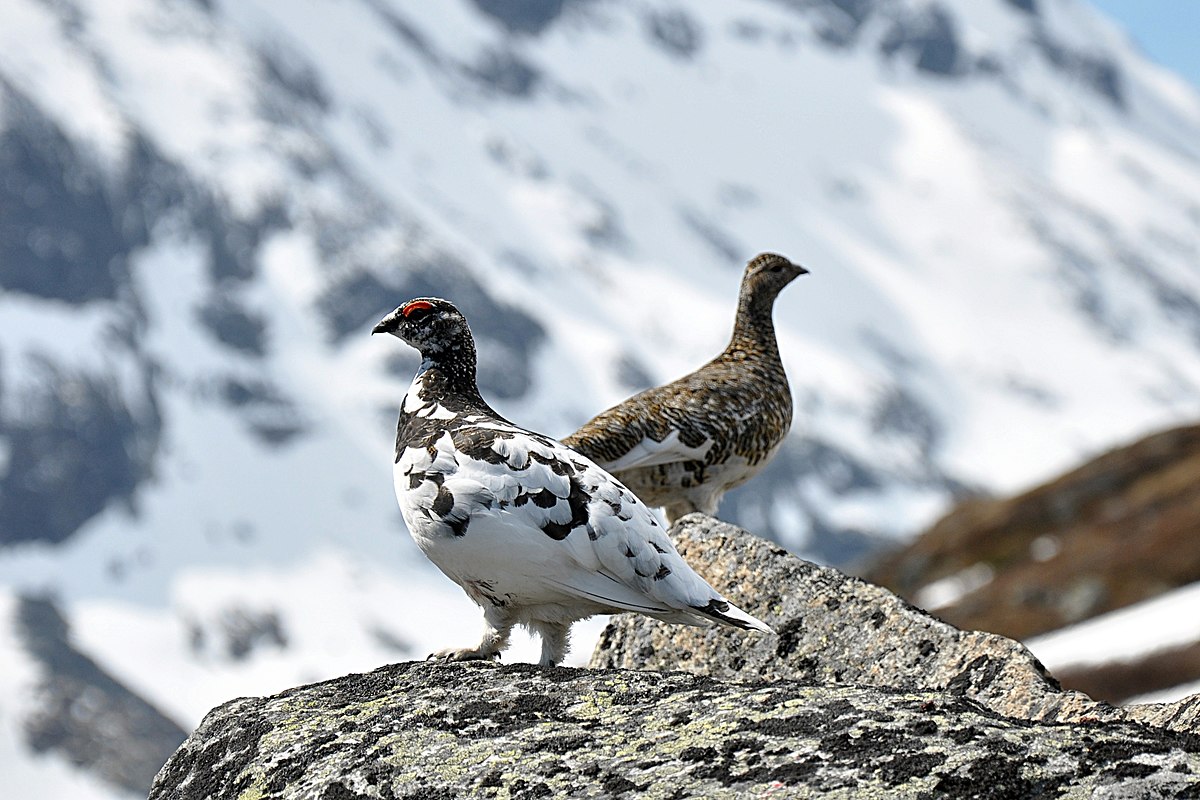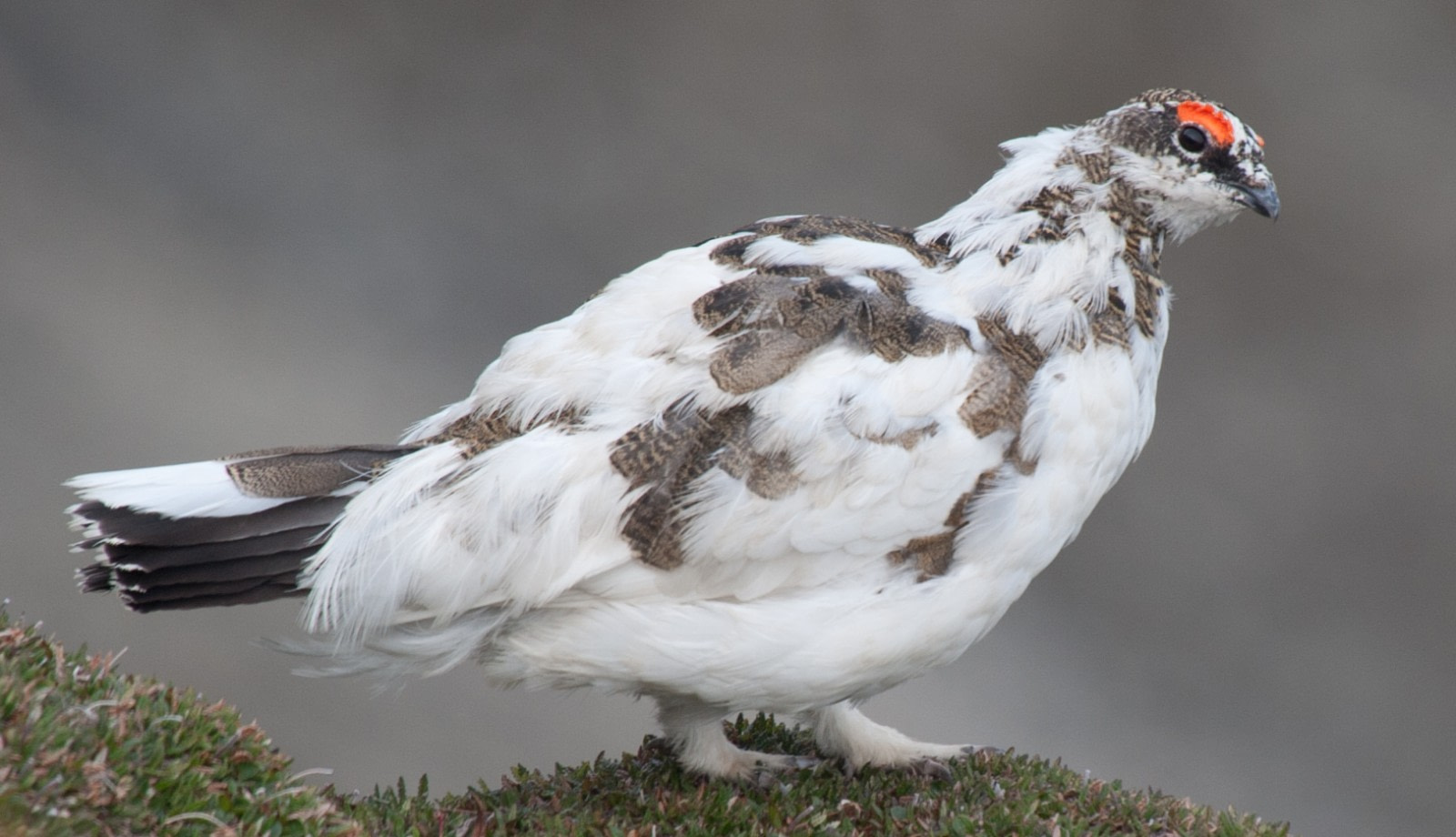These ptarmigans inhabit a range of habitats, including tundra, shrublands, and alpine regions. They are primarily found in areas with willow thickets, which provide both food and cover. The diet of the Willow Ptarmigan consists mainly of willow buds and leaves, but it may also feed on other plants, berries, and insects.

One remarkable adaptation of the Willow Ptarmigan is its ability to survive in cold climates. It has specialized feathers and feet that help insulate against the cold and prevent heat loss. Additionally, their feathers grow denser in winter, providing extra insulation.

During the breeding season, male Willow Ptarmigans establish territories and engage in displays to attract females. These displays may include puffing out their feathers, raising their wings, and making low hooting calls. Once a pair is formed, the female constructs a ground nest, usually in a concealed location among vegetation. She incubates the eggs and cares for the chicks, while the male may defend the territory.

The conservation status of the Willow Ptarmigan is generally stable, as they have a wide distribution and large populations. However, local populations may face threats from habitat loss due to industrial development, climate change, and predation by introduced species.

The Willow Ptarmigan is an iconic bird of the Arctic and subarctic regions, and it plays an important ecological role in its habitat. It is also hunted for sport and food in some regions, and its feathers have cultural significance for indigenous communities.

In summary, the Willow Ptarmigan is a bird species adapted to life in cold Arctic and subarctic environments. Its variable plumage and specialized adaptations allow it to thrive in harsh conditions. Protecting its habitat and managing hunting practices are important for the conservation of this unique bird species and its role in the ecosystems it inhabits.





